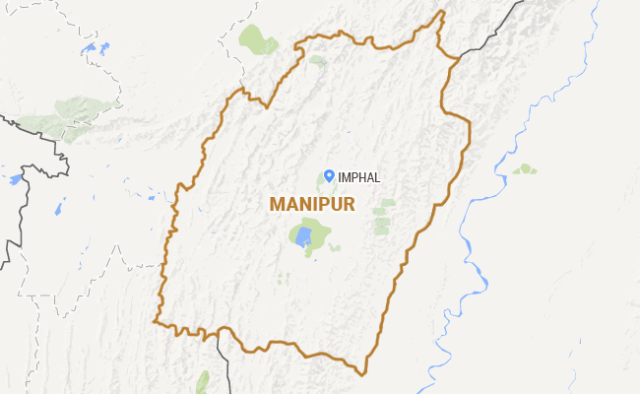To maintain the original identity of the indigenous people of Mizoram, Nagaland and Arunachal Pradesh entry of outsiders is not allowed without ILP. Inner Line Permit is an official document issued by the Government of India to allow its citizens to travel to restricted or protected areas for a limited period. This system is in place since 1873, from the time of British rule in India. There are numerous other restrictions, like, on the acquisition of property in the state by outsiders and trade in minor forest products of the state.

The ILP regime was primarily used by the British to protect the interest of tribal people and prevent anyone from encroaching upon their land and property. The permit’s value further graduated to being used for the advancement of their commercial interest in the area. It is a quasi-visa system which holds a sensitive factor attached to it. Manipur’s crisis intensified four months back when it’s Congress-majority Legislative Assembly passed the Manipur Regulation of Visitors, Tenant and Migrant Workers’ Bill, 2015. It was opposed widely by a majority of people in the region including women’s and students’ group and also a faction of the ruling party. The opposition succeeded in withdrawing the bill which was seen as a failure to protect the land and the land rights of the people.
The 2001 Census revealed that the size of the migrant community was nearly as much as that of the dominant ethnic Meiteis, thus bolstering the demand from Manipur’s civil society to impose curbs and further restrictions on the influx of migrants to the state. But there has also been an outflow of the indigenous people from the state to other parts of India. The scene here is not of an inflow or an outflow alone. The indigenous Meitei community in Manipur is performing very well in areas of sports and culture. They are a growing and a developing community. The insecurity of the community which is primarily said to be developed from the threat of presence of another community is futile. The valley has been home to other communities too for a long time.
ILP is seen as a very regressive affair in a constitutionally democratic and free country like India. The integration of development of India brings with it the free movement of its a citizen to all parts of the country. A territory of a country must not act as a closed enclave within the country for its citizen. There should be an exchange of culture, development and for that to happen, ILP must be removed which ultimately creates unnecessary hurdles.
A situation of this sort can be traced back to the opening of rail lines in Naharlagun in Arunachal Pradesh where the tickets served as an ILP. Another example can be sought in the throwing out of migrant laborers in Mizoram just because they did not have a permit. People, who migrate to these places in search of work, do so mostly because of their poor economic conditions and they participate a lot in the development of these places. A more humanitarian approach must be adopted in dealing with such cases. It is a foolish to see them as threats to a community as a whole and one must be accommodative and inclusive of their culture too. The problem in these communities does not arise because of the ‘migrants’ as such. There is a bigger issue attached to it. The leasing out of one-sixth of the total land of the state area for oil exploration and drilling to International oil majors, which is almost one unthinkable if it happens in other states as much as it is impossible, is one of the major concerns of ‘losing’ land to ‘others’.
The demand must therefore more legitimately be seen as a consequence of the hill-valley divide due to leasing out of a sixth of its land to industries rather than a ‘huge influx’ of ‘outsiders’ to the area in the form of migrants. These kinds of notions propagated among the masses not only create disillusionment among people regarding ‘outsiders’ and ‘land takers’ but also leads to unnecessary tensions in the area and disrupts peace and prosperity of the region and also shadows the real concern.




























